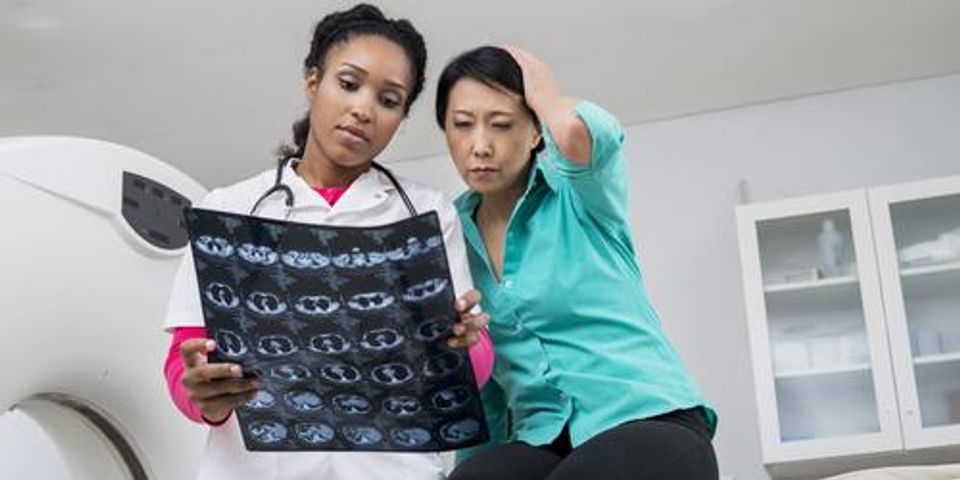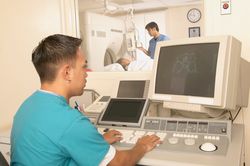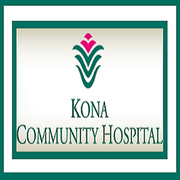What Should I Expect During a CT Scan? 5 Simple Steps to Hospital Imaging Services

Using x-ray technology to produce cross-sectional images of bones and tissues, CT scans are often the simplest way to diagnose internal injuries, tumors, brain health, and other concerns. However, if you’ve never needed hospital imaging services, the process can seem rather overwhelming. Offering medical imaging in Kealakekua, HI, Kona Community Hospital explains what patients can typically expect throughout their CT scan experience.
5 Steps Hospital Imaging Services Take When Conducting a CT Scan
1. Prepare For Exam
CT scans generally require little to no preparation before the appointment. Depending on what’s being diagnosed, you may need to ingest a special contrast dye to better highlight certain body parts.
When you arrive at the radiology department, a technician will guide you to an enclosed imaging room that contains the scanning equipment. Next, you will lie down on a motorized table that moves in and out of a giant ring that contains x-rays. If you need to be positioned a certain way, straps may be used to hold body parts in place.
2. Begin Test
When the scan begins, the table will slowly pass you through the x-ray tunnel. The circular device will make several rotations to capture various images of the area in question. As images are taken, you can expect to hear droning or whirring sounds from the device. Although a small amount of radiation is produced during a single test, the limited exposure is considered to carry insignificant risk for patients.
 3. Communicate With Radiologist
3. Communicate With Radiologist
To avoid continuous exposure to radiation, radiologists and technicians remain in a separate room to view the test take place. As they observe images on a computer, these specialists will communicate with you through a two-way intercom. During the scan, you might be asked to not breathe or hold still to ensure clear results. This whole process generally takes about 30 minutes.
4. Flush Out Contrast Dye
Although some patients may need to rest, many can resume normal activities after a CT scan. If you ingested a contrast dye, you will need to increase fluids to cleanse the substance from your system.
5. Receive Results
Unless performed during an emergency, CT scans are typically outpatient procedures. As such, you will likely not receive immediate results, but may hear back from your specialist within a day or so depending on how long interpretation takes.
Whether you need a CT scan, MRI, or standard x-ray, the radiology department at Kona Community Hospital is equipped to provide you with the accurate results you need. Backed by advanced equipment and experienced technicians, these hospital imaging services are designed to give patients a clear diagnosis in a comfortable setting. And should you have any questions or concerns about the process, these specialists will be happy to keep you informed every step of the way. Visit this Oahu, HI hospital online to learn more about their imaging capabilities and other health care and services.
About the Business
Have a question? Ask the experts!
Send your question

